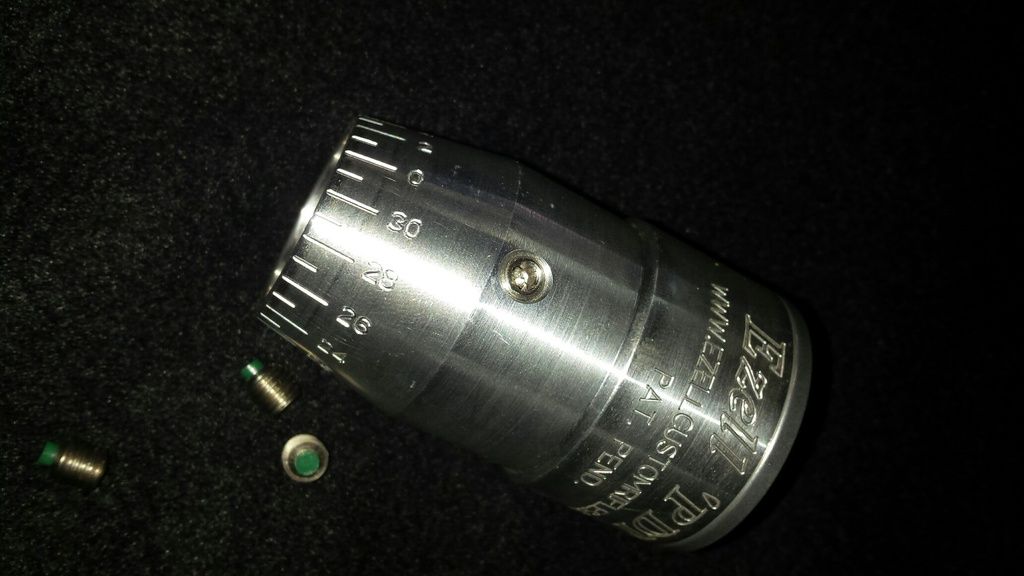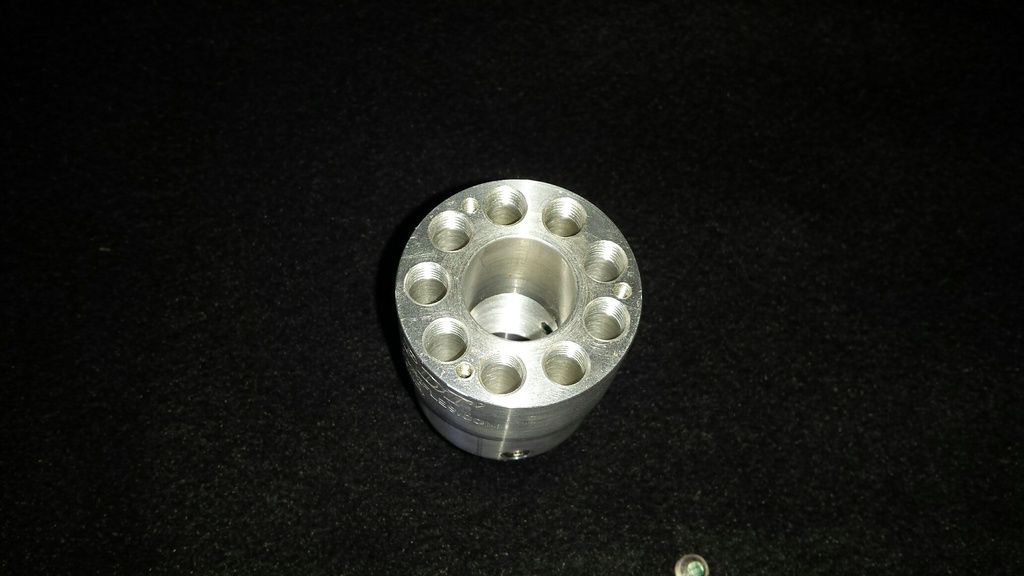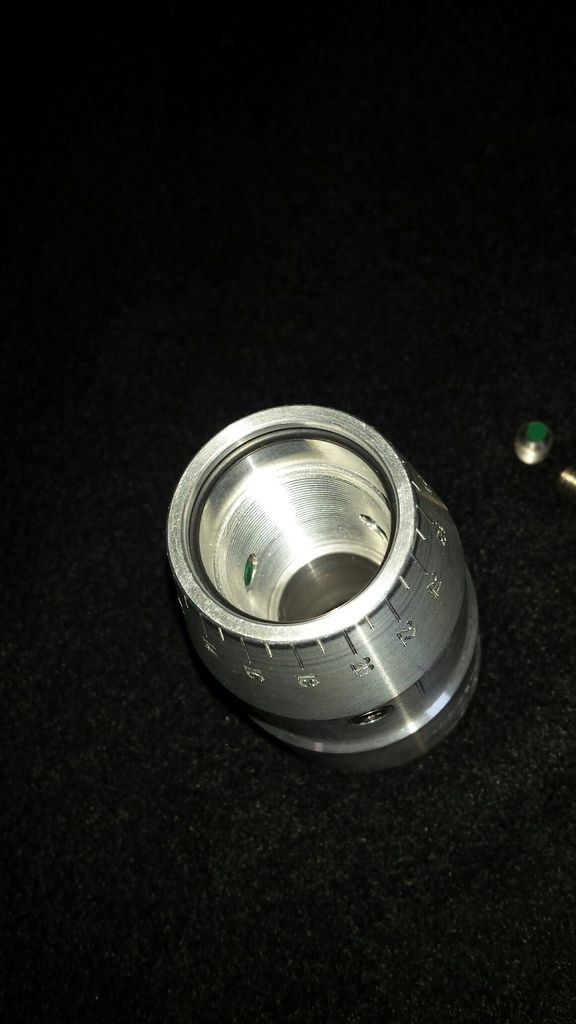JerrySharrett
Senile Member
Actually, I'm not sure that my questions were ever addressed.
Answering question 5, will the o-ring provide enough stability to maintain a tuned setting-NO!
.
Actually, I'm not sure that my questions were ever addressed.
FWIW Jerry, o-rings and a detent ball are all a Harrell's uses. There are probably more of those in use than all others combined.Answering question 5, will the o-ring provide enough stability to maintain a tuned setting-NO!
.
I'm sorry hunter. I thought every one was answered..and then some.True story!
I see that Jerry answered questions 2 and 5 in his post just above; however, can you direct my attention to the posts that answer questions 2 and 3? I'll assume question 4 was effectively answered by folks describing how they're using other types of tuners,
FWIW Jerry, o-rings and a detent ball are all a Harrell's uses. There are probably more of those in use than all others combined.
Jerry, I understand you're advocating for a tuner that you helped to design, but can you describe the testing you've done to confirm that the Harrell tuner won't work on a center fire? The common thought in this regard is that they work fine as long as the clamp doesn't slip under recoil. In this, I agree and my tuners for centerfires are threaded onto the barrel.To my knowledge Lynnwood Harrell doesn't offer a tuner suitable for centerfire. That tuner, and I have a couple, was intended for rimfire. He is now offering a tuner for the black gun crowd that might work though.
That is why, in 2005, that Scott Fudd Hamilton and I started to work developing a centerfire tuner.
That tuner does work. I shot it all through the big and local shoots in 2005. Scotts centerfire tuner does require some reduction of weight in LV to make 10.5 pounds though. It require reducing the barrel weight to about 3# 14 oz. BUT the barrel does not have to be threaded as some of the other designs.
Tuners DO work and are a fun undertaking but as many have written above they require much development by the user to get beneficial results.
.
.
Jerry, I understand you're advocating for a tuner that you helped to design, but can you describe the testing you've done to confirm that the Harrell tuner won't work on a center fire? The common thought in this regard is that they work fine as long as the clamp doesn't slip under recoil. In this, I agree and my tuners for centerfires are threaded onto the barrel.
Mike I'm not advocating any tuner design. I am grateful to Scott Fudd Hamilton, who is well known in the rimfire world, for his effort in the tuners he provided me.
As to testing I did, the entire 2005 season was my testing lab. I did get a good feel for what it takes as to tuner weight, to either permanently tune a barrel, or to a tuner that can be used, during a shoot, to make minor adjustments.
I can not add a lot to help anyone wanting to implement a tuner to their system. Part of the reason being is that from 2001 to 2012 I was not shooting the traditional 6PPC. During that time period I shot one of several variants that Ferris Pindell started me on when, as he was loosing his eyesight. He sold me the reamers, dies, seaters, etc., for various 40 degree shouldered chamberings he had been working on. After Ferris's passing, I was requested by his widow to inventory his shop. Turned out Ferris had put a great effort into 40 degree shoulder designs.
As I have said earlier, tuners do work. For the more violent recoil of centerfire, a tuner must lock down firmly to provide predictable results. As to me continuing with tuners, other than long range, I found them as just something else to keep up with. I did use a tuner some in the 600 yard game in 2008 and 2009.
.



